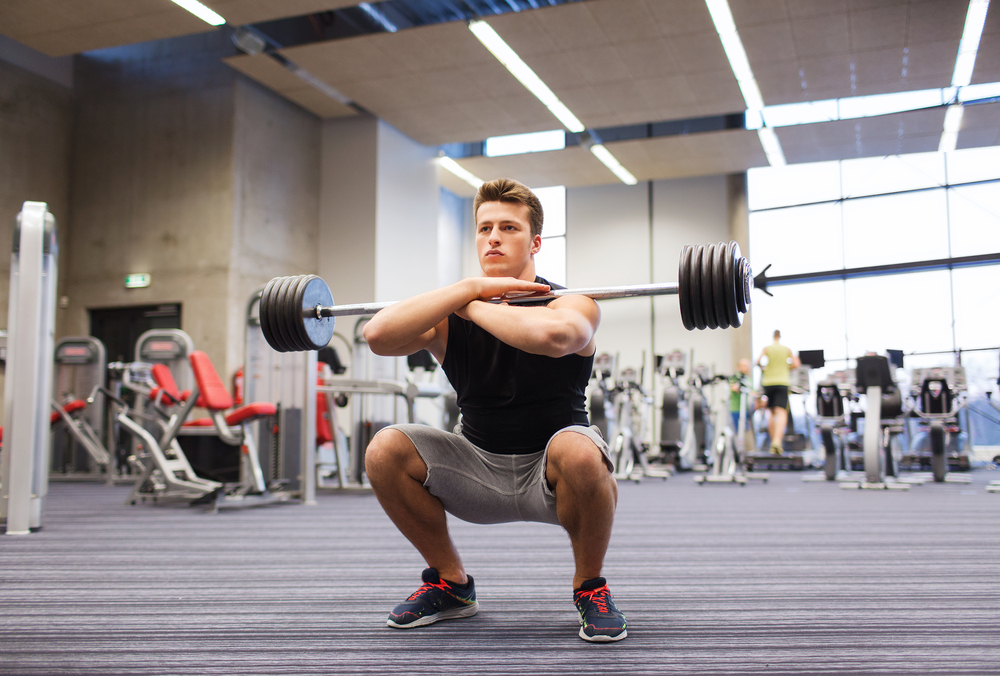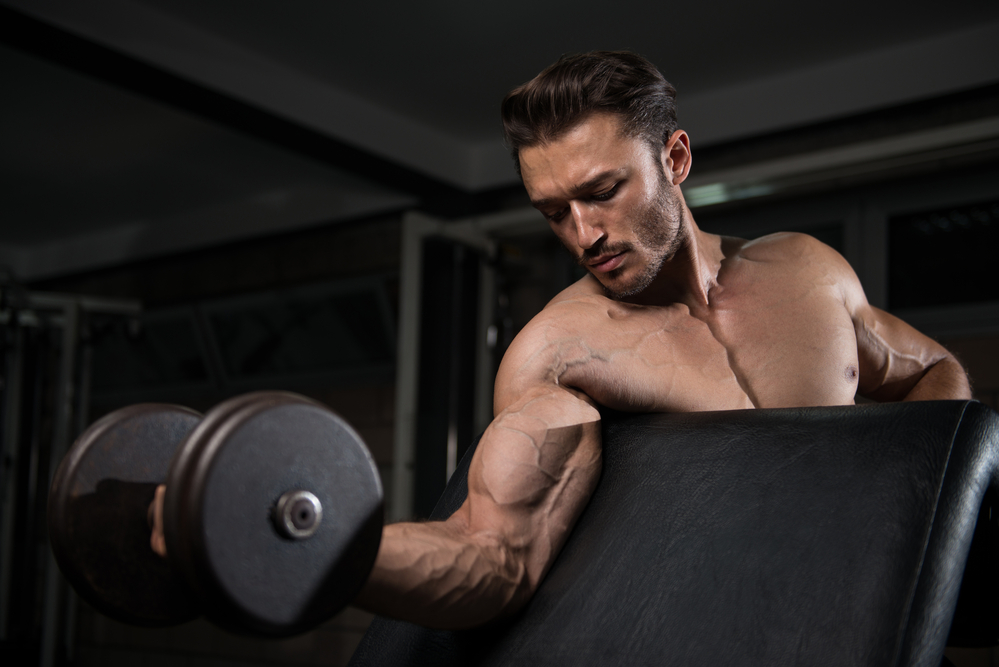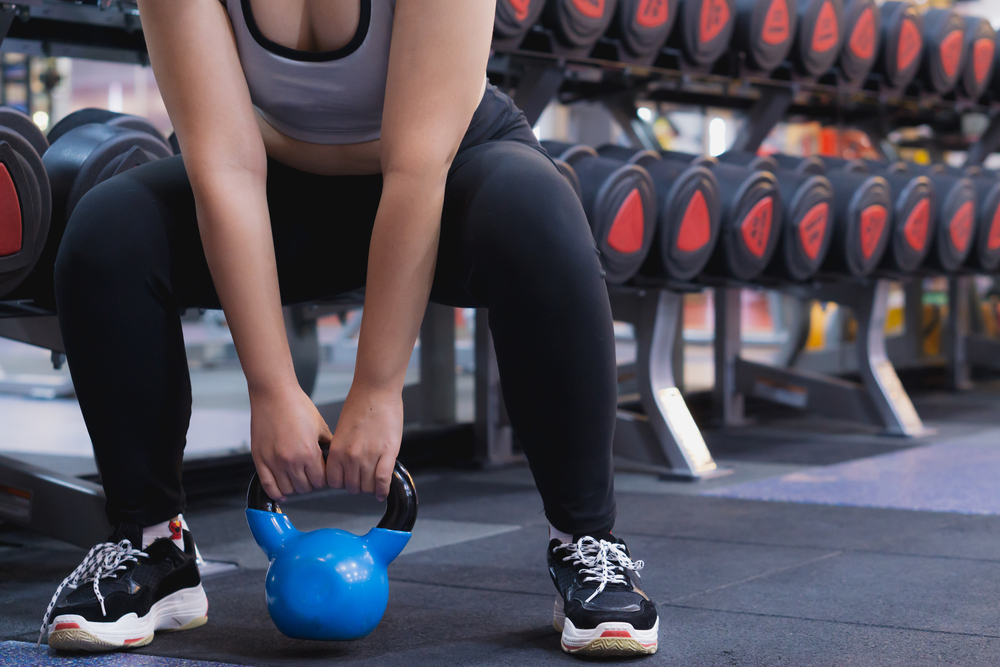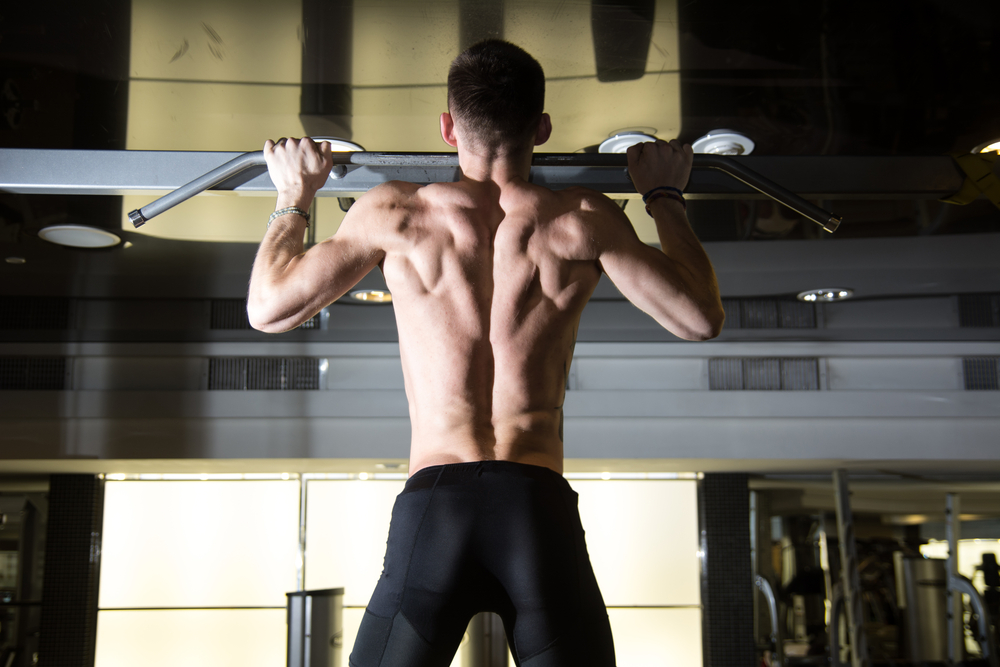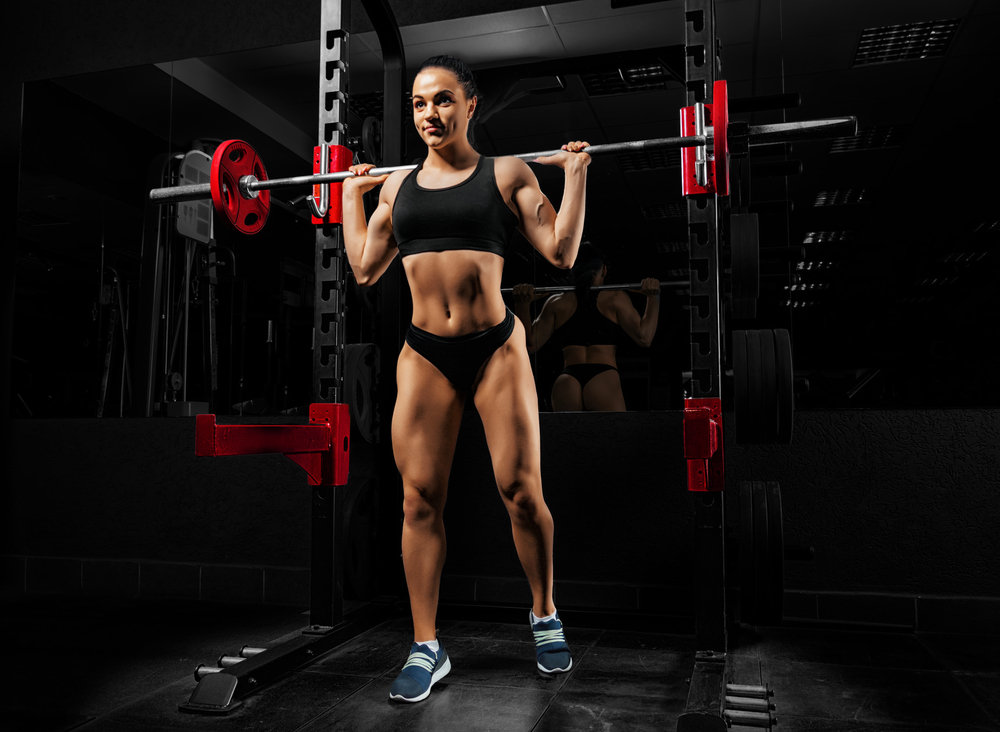
Table of Contents
Smith Machine lunges are a popular exercise for developing the hips (quads) and glutes. Exercising in the simulator allows you to achieve a fixed trajectory, which relieves stress on the muscles of the core stabilizers and allows you to maximize the focus on the target muscles.
What muscles are involved?
What muscles are involved in the Smith lunges? It all depends on the length of the stride. If you do a wide lunge and move your supporting leg far away, the gluteus maximus is mainly working.
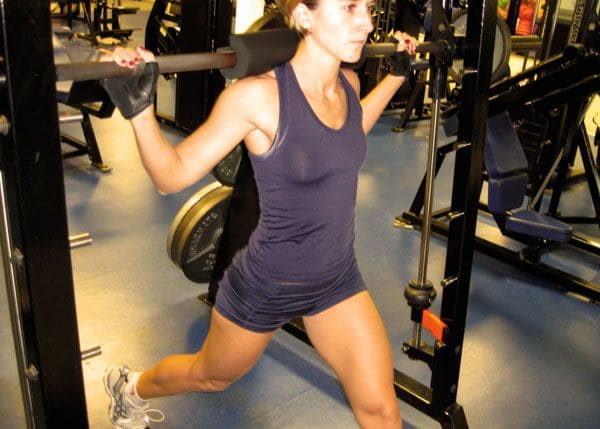
With a normal stride length, when the knees of both legs are bent at right angles, the quadriceps take the bulk of the load. The back of the thighs (the so-called hamstrings) also receives a slight load. The press and back act as stabilizers, so they also participate.
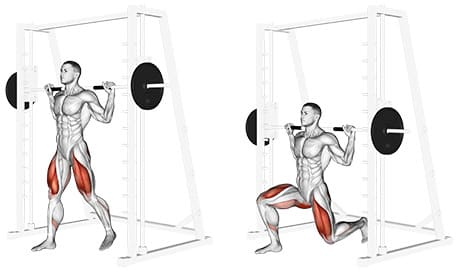
The effectiveness of such lunges is explained by the fact that their implementation allows you to almost completely unload the auxiliary muscle groups. Smith lunges involve light weight and multiple reps.
A significant load during the exercise falls on the knee joint of the working leg, therefore, a thorough warm-up and strict adherence to the technique are very important. By skipping the warm-up, you risk injuring your knee and getting a sprain.
Do not perform back lunges for fresh injuries to the spine or menisci. If you have recurring low back or joint pain, avoid the weight-bearing lunges and replace them with another exercise.
Weight selection
What is the best weight for Smith lunges? The choice of weight depends on your gender and fitness level. Often a suitable weight for men is 20-30 kg, for girls 10-15 kg.
It should be moderately difficult for you to complete the first set of 15 reps, with tight control of your movements and following all recommendations. Too much weight will prevent you from performing the movement correctly, and poor technique can harm the body.
How to do the exercise?
The exercise can be done in two ways:
Back lunges with both feet on the floor. It’s the classic version
By placing your supporting foot on a bench or other platform. This is actually a Bulgarian split lunges in smith machine. Thus, the muscles of the working leg are maximally loaded, since the supporting leg does not participate in the movement. Ain addition, the gluteus muscle of the working leg is stretched more, which improves its development
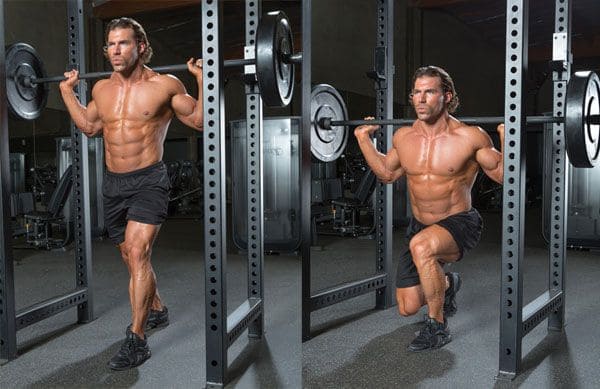
Let’s proceed to execution. First, adjust the treadmill and set the correct working weight. Set the barbell at a height just below your shoulders.
The exercise can be performed 12-15 times with each leg. Subsequent sets are done without rest with a change of leg. 3 or 4 sets will be enough, in the first month it is permissible for beginners to limit themselves to two.
You can prevent your supporting leg from stepping backward by locking your legs in a lunge position. Sometimes it’s called the scissor squat.
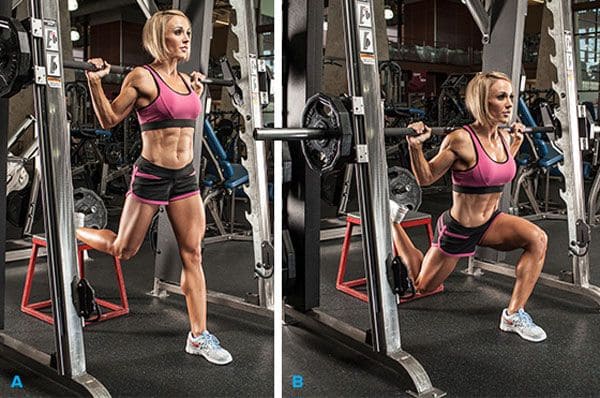
When using a support, walking should be avoided. You simply place your foot on a bench and do squats on your working leg. The use of the Smith simulator in this case significantly helps balance and allows you not to tilt the body forward. After doing a few test lunges, find a place for the bench.
Efficiency and safety
Smith’s lunging technique may seem simple, but such an impression is not entirely true. Beginners should do the exercise with light weights and under the supervision of a trainer. It is best to master the technique of back lunges without weight, and then start exercising on the machine.
In order for the lunges to be as effective and safe as possible, take into account the following points:
The bar should not rest on your neck
Perform all movements slowly, synchronizing them with your breathing and strictly controlling the work of the muscles
The center of gravity should be at the heel of the working leg. Do not take your foot off the floor
Make sure that the knee of the working leg does not go beyond the toe line
Train in comfortable, flat-soled shoes. They’ll help stabilize your position and avoid injury due to loss of balance
Lock the knee position and do not swing it to the side. During the entire exercise, it should look in the same direction as the toe
Perfect execution of the exercise guarantees its effectiveness. If you find it difficult to do the exercise correctly, reduce the weight the number of reps.



